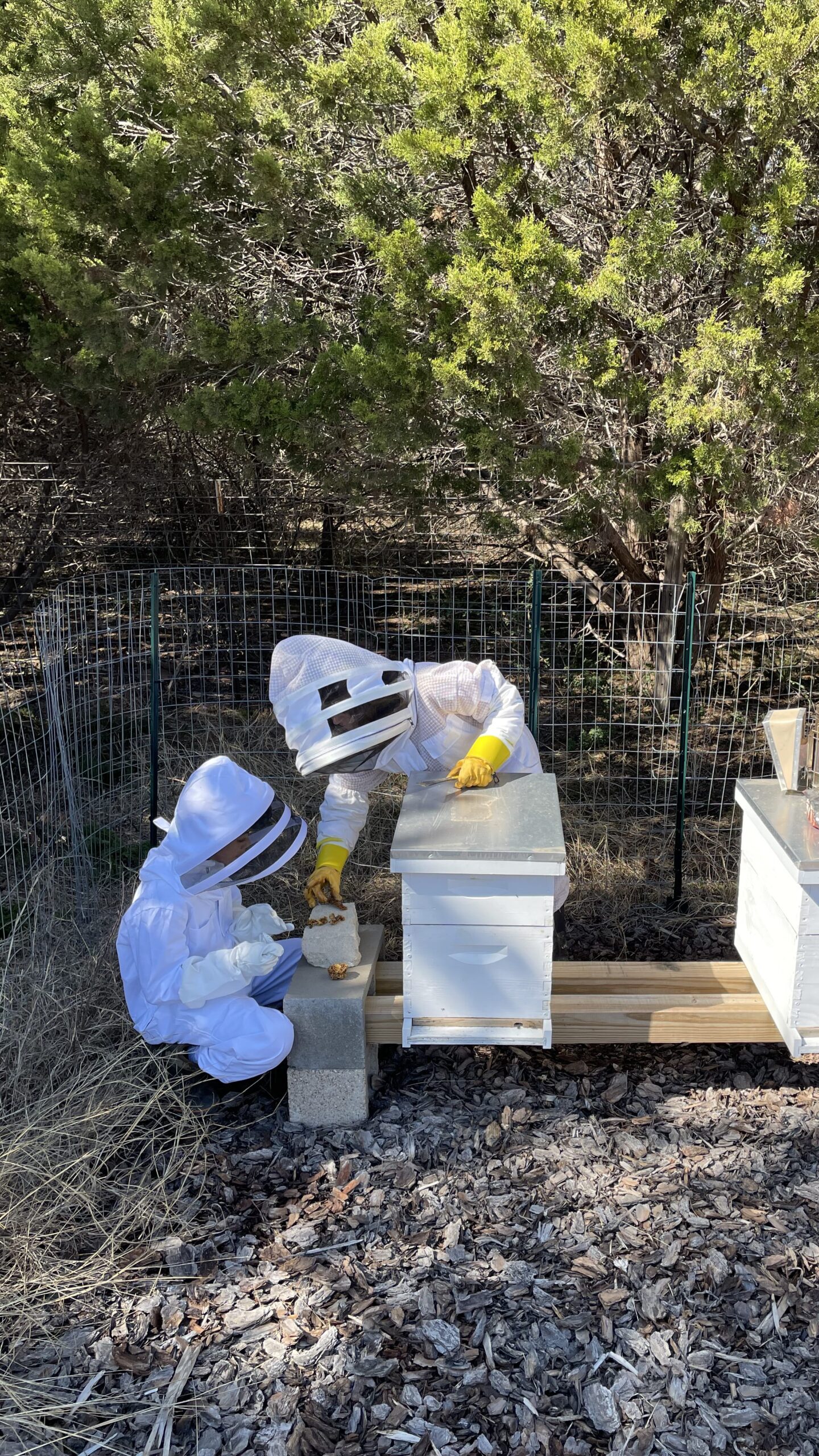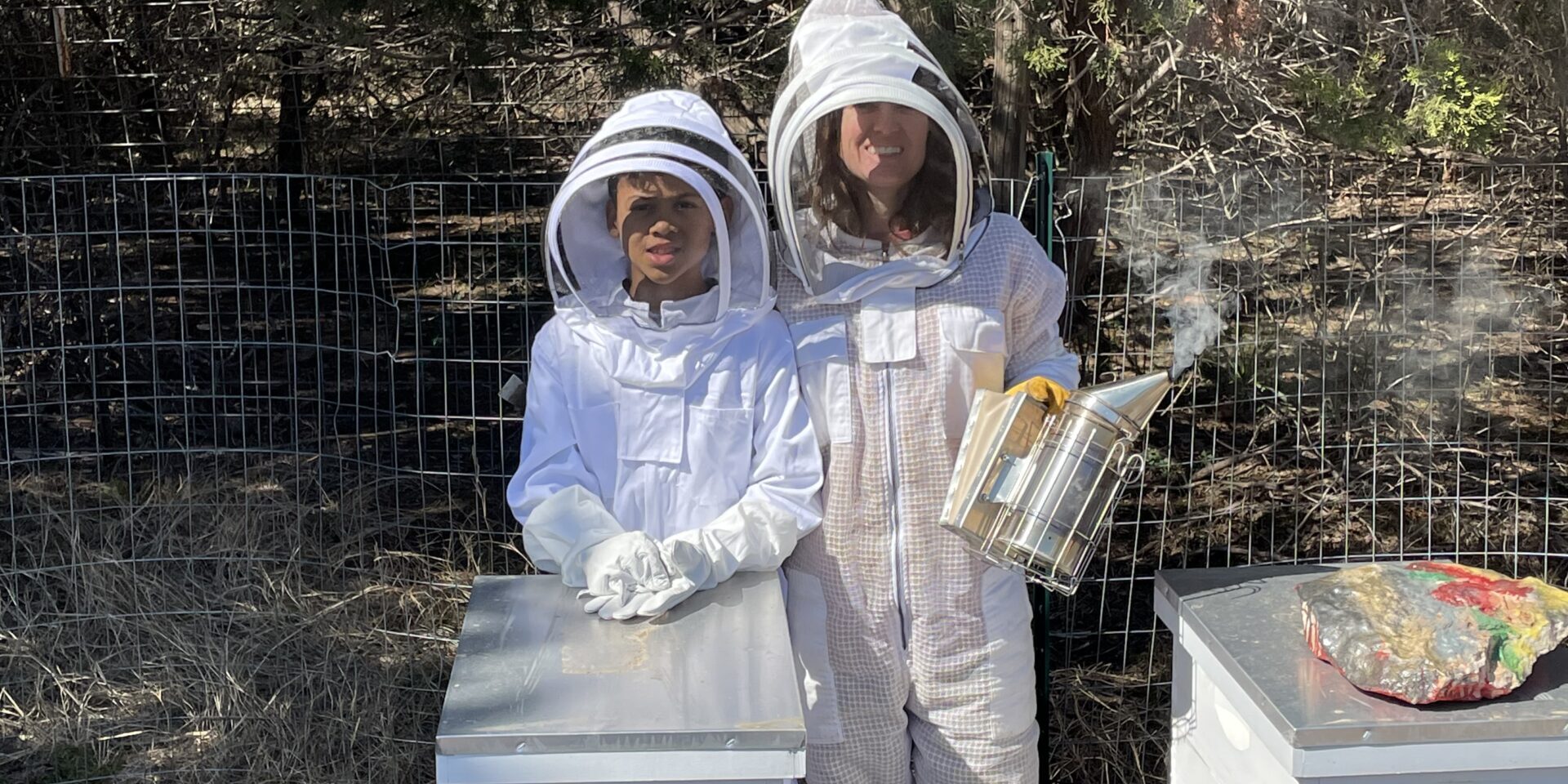Buzzing Wonders: Unveiling the Secrets of Bees
Greetings, nature enthusiasts! Today, we’re delving into the fascinating world of one of nature’s most essential and industrious creatures – bees. These buzzing wonders play a crucial role in pollination, ensuring the survival of countless plant species and contributing to the biodiversity of our planet. Join us as we uncover some delightful facts about these tiny but mighty pollinators.
Fact #1: The Bee Dance Language
Bees have a remarkable way of communicating with each other, and it’s called the “waggle dance.” When a forager bee discovers a fantastic source of nectar or pollen, it returns to the hive and performs a dance to convey the location of the treasure. The angle and duration of the dance help fellow bees understand the direction and distance to the valuable resource.
Fact #2: Hardworking Pollinators
Bees are essential pollinators, transferring pollen from the male parts (anthers) to the female parts (stigmas) of flowers, enabling the plants to produce seeds. This vital role in pollination not only ensures the reproduction of flowering plants but also contributes to the production of fruits, vegetables, and nuts that make up a significant portion of our diets.
Fact #3: Beehive Hierarchy
Inside a beehive, there’s a bustling community with a structured hierarchy. The hive is led by a queen bee, whose primary role is to lay eggs. Worker bees, which are all female, handle tasks such as foraging, nursing, and hive maintenance. Male bees, known as drones, are responsible for mating with the queen.
Fact #4: Bees and the Waggle Dance GPS
The waggle dance isn’t just a whimsical performance; it’s like a built-in GPS system for bees. The angle of the dance in relation to the sun helps bees navigate and find the exact location of a food source. It’s a sophisticated form of communication that showcases the incredible intelligence of these tiny insects.
Fact #5: Super Speedy Wing Beats
Ever marveled at a bee’s wings in action? Bees are incredible fliers, beating their wings at an astonishing speed of around 200 beats per second. This rapid wing movement generates the distinctive buzzing sound we hear when bees are in flight.
Fact #6: Nectar to Honey Magic
Bees work their magic to transform nectar into honey through a process of regurgitation and evaporation. Worker bees collect nectar from flowers, store it in their honey stomachs, and then return to the hive. Inside the hive, they pass the nectar to other worker bees who chew and regurgitate it, reducing the water content and transforming it into honey.
Fact #7: Bee BFFs with Flowers
Bees have a mutualistic relationship with flowers. As they collect nectar for food, bees inadvertently transfer pollen from one flower to another, facilitating the fertilization process. This partnership ensures the survival of both bees and flowering plants, creating a harmonious dance of nature.
In conclusion, bees are not just tiny insects; they are vital contributors to the intricate web of life on Earth. As we marvel at the buzzing wonders around us, let’s appreciate the role bees play in sustaining our ecosystems and the importance of protecting these incredible pollinators.








